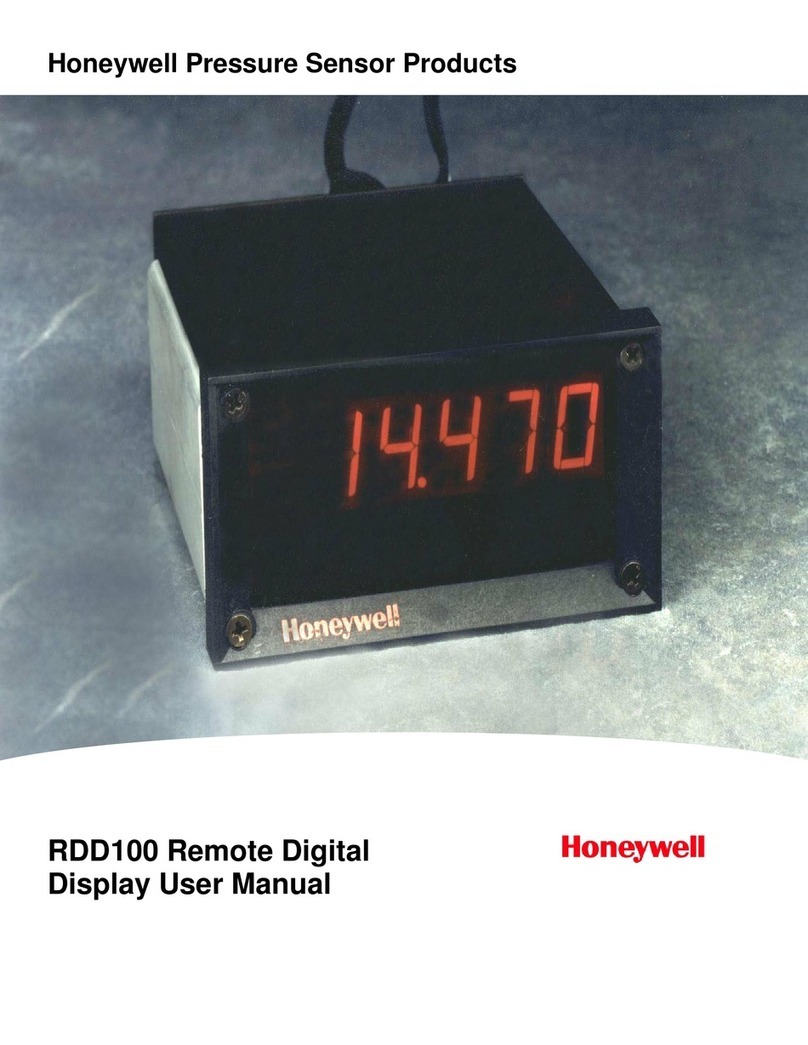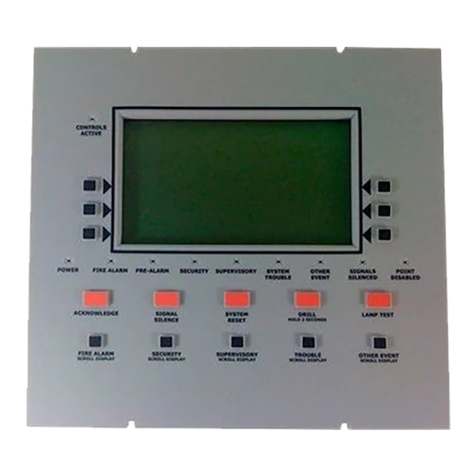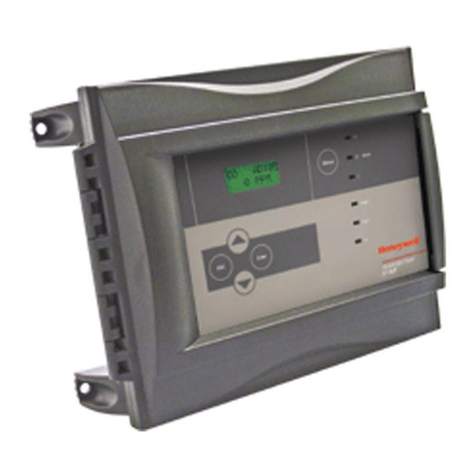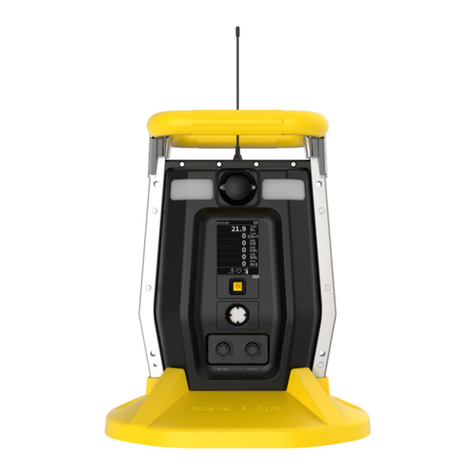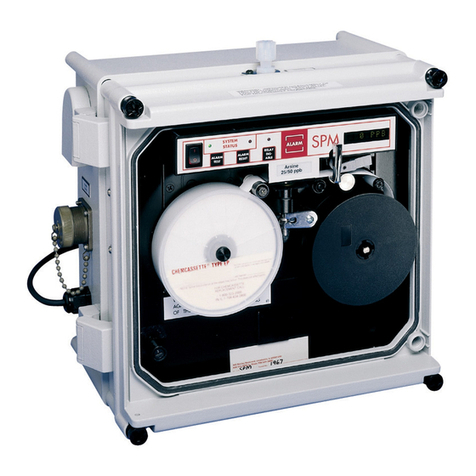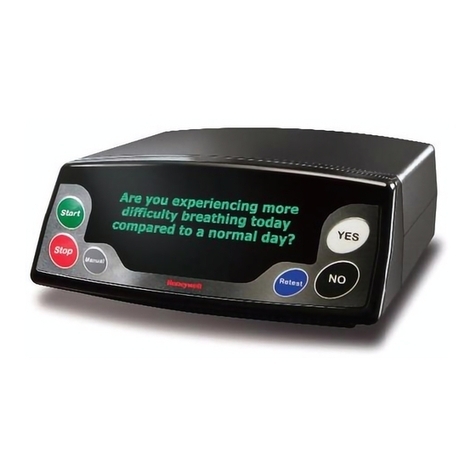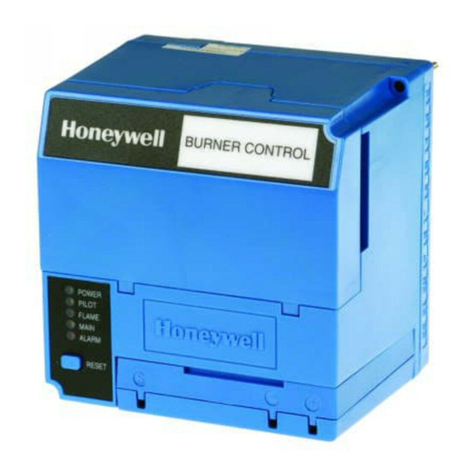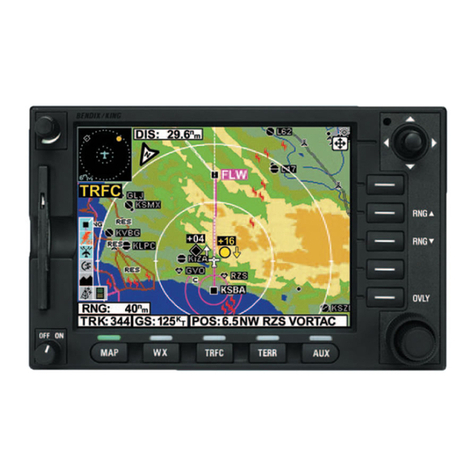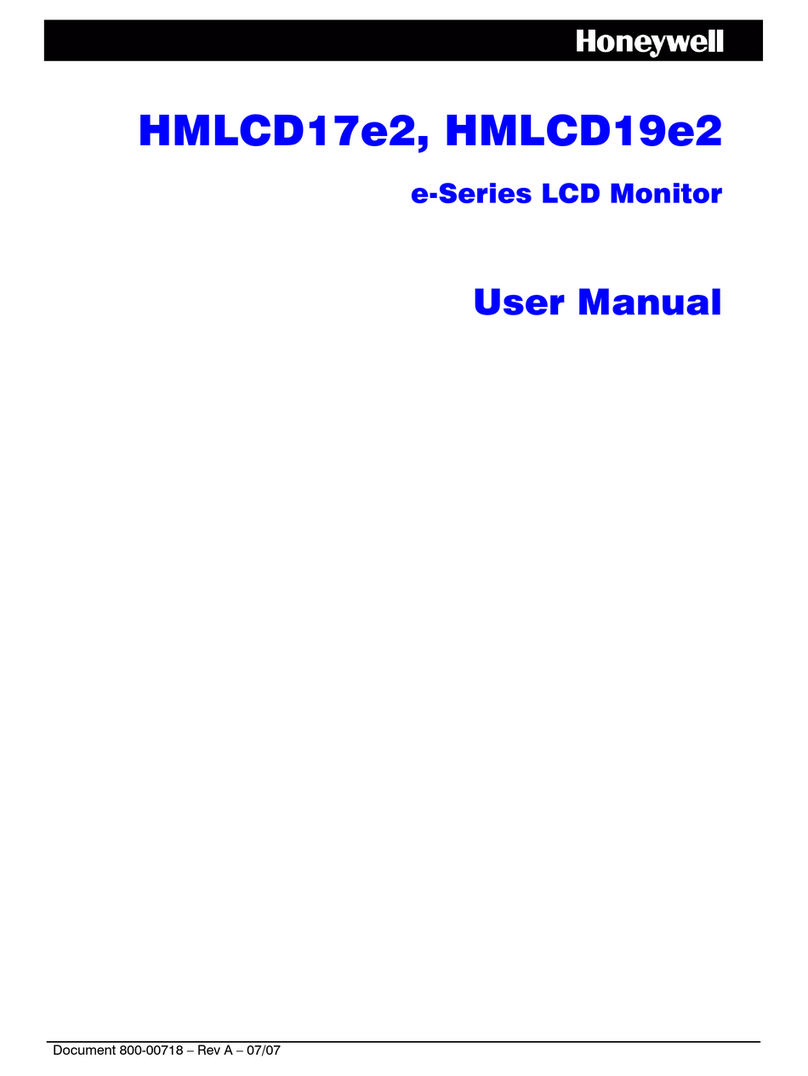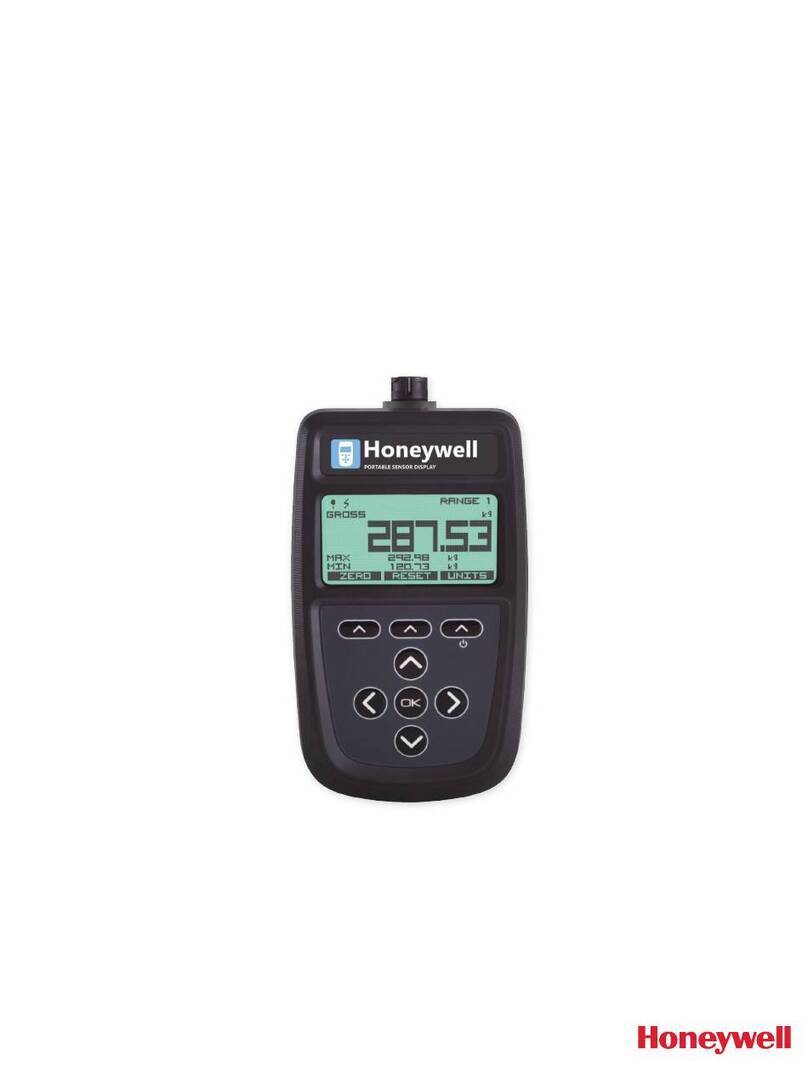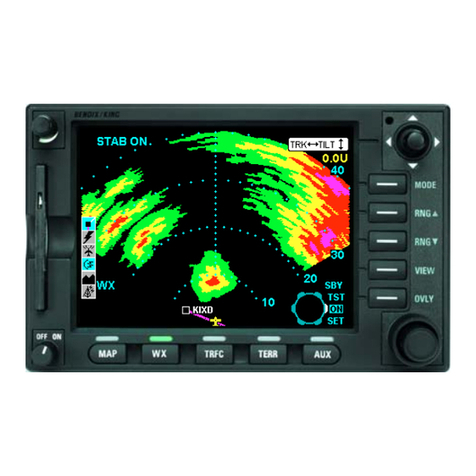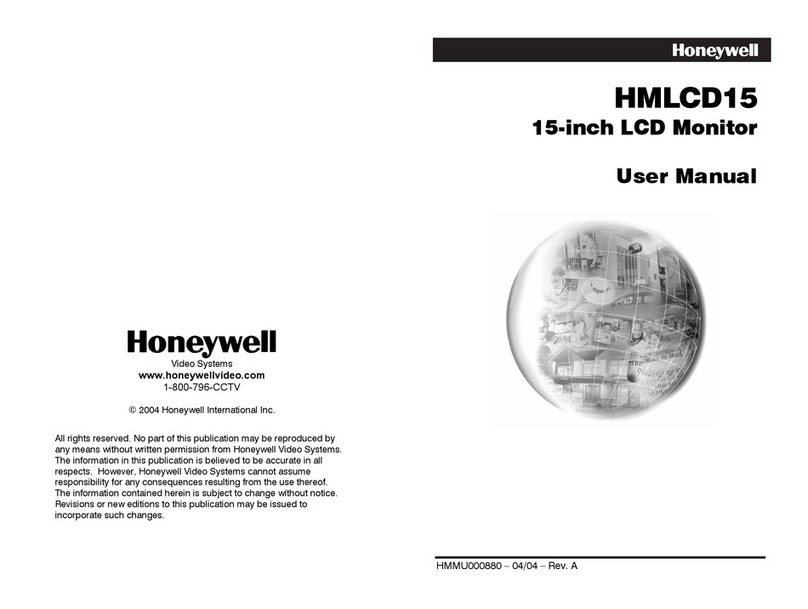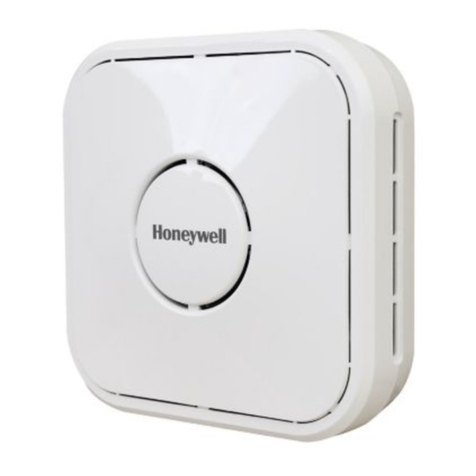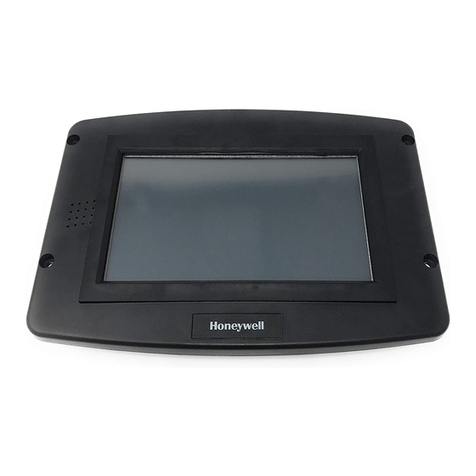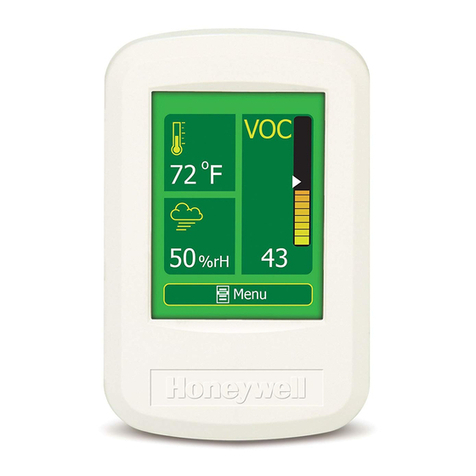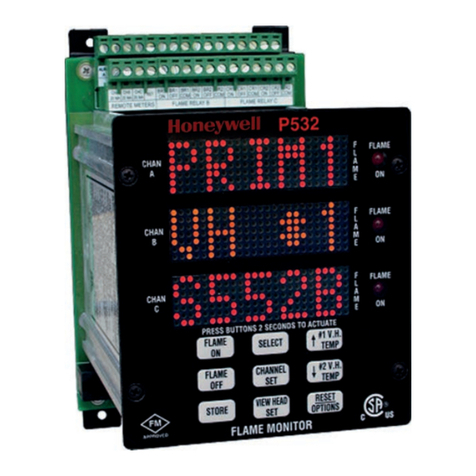
MULTI-MON
331-00035—01
LIMITED WARRANTY
The manufacturer offers the customer a 24-month functional warranty on the instrument for faulty workmanship or parts from date
of dispatch from the distributor. In all cases, this warranty is valid for 36 months from the date of production. This warranty is on a
return to factory basis.
This warranty is only applicable to Multi-Mon instruments using Multi-Mon current transformers.
The manufacturer does not accept liability for any damage caused by instrument malfunction. The manufacturer accepts no
responsibility for the suitability of the instrument to the application for which it was purchased.
Failure to install, set up or operate the instrument according to the instructions herein will void the warranty.
Only a duly authorized representative of the manufacturer may open your instrument. The unit should only be opened in a fully
anti-static environment. Failure to do so may damage the electronic components and will void the warranty.
The greatest care has been taken to manufacture and calibrate your instrument. However, these instructions do not cover all
possible contingencies that may arise during installation, operation or maintenance, and all details and variations of this
equipment are not covered by these instructions.
For additional information regarding installation, operation or maintenance of this instrument, contact the manufacturer or your
local representative or distributor.
WARNING
Read the instructions in this manual before performing installation and take note of the following precautions:
Multi-Mon is intended for measurements performed in building installations, relating to measurement category III
(UL61010-1, 6.7.4).
Ensure that all incoming AC power and other power sources are turned OFF before performing any work on the
instrument. Failure to do so may result in serious or even fatal injury and/or equipment damage.
Before connecting the instrument to the power source, check the labels at the front of the instrument to ensure that your
instrument is equipped with the appropriate rating input voltages and currents.
Under no circumstances should the instrument be connected to a power source if it is damaged.
To prevent potential fire or shock hazard, do not expose the instrument to rain or moisture.
While installing Multi-Mon CTs to the secondary of an external third party current transformer, the external current
transformer secondary output must never be allowed to be open circuit when the primary is energized. An open circuit
can cause high voltages, possibly resulting in equipment damage, fire and even serious or fatal injury. Ensure that the
current transformer wiring is secured using an external strain relief to reduce mechanical strain on the screw terminals,
if necessary.
Only qualified personnel familiar with the instrument and its associated electrical equipment must perform setup
procedures.
Do not open the instrument under any circumstances when it is connected to a power source.
Do not use the instrument for primary protection functions where failure of the device can cause fire, injury or death. The
instrument can only be used for secondary protection if needed.
Read this manual thoroughly before connecting the device to the current carrying circuits. During operation of the
device, hazardous voltages are present on input terminals. Failure to observe precautions can result in serious or even
fatal injury or damage to equipment.
